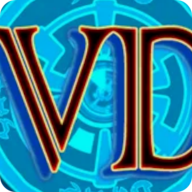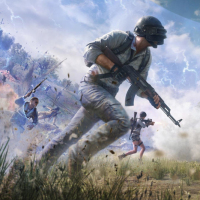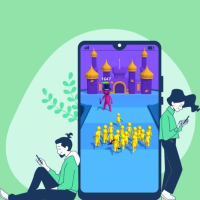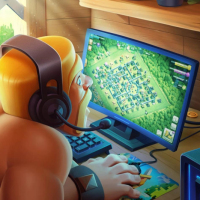Mark, back from four years abroad, faces a rift with his childhood friend-turned-more, Alma—courtesy of a silly slip-up. To mend things, they dive into The Void, a VR MMO with eerie secrets, while a monster typhoon looms. A story of love, tech, and tempests, where every choice mends or breaks their bond.
Beyond the Screen: A Friendship (and Maybe More) on the Line
1. Mark’s Return, Alma’s Wait: Mark’s years overseas were filled with late-night calls and shared dreams with Alma—until a hasty “I’ll message later” turned into radio silence. Now home, he’s haunted by her silence and the weight of what he let slip. Alma, once his rock, now seems distant, her texts sharp with unspoken hurt. Their dynamic? Familiar yet fragile, like a glass vase balanced on a windowsill.
2. The Void: More Than a Game: The Void isn’t just pixels—it’s a lifeline. Mark and Alma agreed to meet in-game, hoping to rebuild trust. But the world feels… wrong. NPCs whisper garbled numbers, forests glitch between seasons, and a storm brews where there should be clear skies. It’s as if the game’s mirroring their real-life chaos—and maybe, feeding off it.
3. The Typhoon’s Shadow: Beyond the game’s edge looms a Category 5 typhoon, set to slam Mark’s coastal hometown. Alma’s family lives there; Mark’s childhood home is in its path. The clock ticks: fix their relationship, or race to warn their loved ones before the storm hits. Every in-game quest might hold a clue to surviving the real-world disaster.
The Void’s Secrets: Glitches, Grief, and Growing Up
1. NPCs with a Message: The game’s inhabitants aren’t just monsters to slay. A weathered sailor in a coastal town mutters, “Tides don’t lie,” as Mark’s avatar passes. A child NPC in a forest repeats, “Say sorry,” when Alma interacts with her. These fragmented hints weave a meta-narrative: The Void is a mirror, forcing Mark and Alma to confront their own unspoken apologies.
2. Co-op Challenges, Shared Fears: To progress, Mark and Alma must team up—fighting rogue drones, solving puzzles with glitched maps, or outrunning in-game storms that grow fiercer with each real-world hour. A misstep in battle? A missed cue in dialogue? The game punishes disconnection, making cooperation feel less like a mechanic and more like a lifeline.
3. The Line Between Real and Virtual: When Alma’s avatar stumbles near a cliff, does Mark reach out to steady her—in-game—or hesitate, replaying his real-life failure to “catch” her before she left? The game blurs boundaries: a virtual hug might mend a real heart, while a cruel in-game remark could deepen the rift. Every action echoes beyond the screen.
Choices That Cut Deep: Love, Loyalty, and Letting Go
1. Repair or Retreat?: Mark can apologize for the past, risking awkwardness to rebuild trust. Or he can push forward, using the game to distract Alma from the typhoon’s threat. Either path feels weighty—apologizing might reopen old wounds; ignoring them could cost them their future. Alma, too, has choices: forgive blindly, or demand he earn back her trust, one awkward in-game date at a time.
2. Save the Game, Save the World: As the typhoon nears, The Void’s glitches escalate. NPCs vanish; quests loop endlessly. The pair must decide: focus on repairing their relationship, or use the game’s hidden systems (think cryptic forums, glitched admin panels) to warn their families. Both paths require sacrifice—time spent together vs. time spent saving lives.
3. Endings That Resonate: Will they emerge stronger, their bond forged in the fire of crisis? Or will the typhoon—and their unresolved tensions—tear them apart? Some endings feel bittersweet (a hasty apology, a last-minute rescue), others cathartic (a heartfelt confession, a joint effort to rebuild). All feel real, because they’re rooted in the messy, beautiful chaos of human connection.





















Preview: